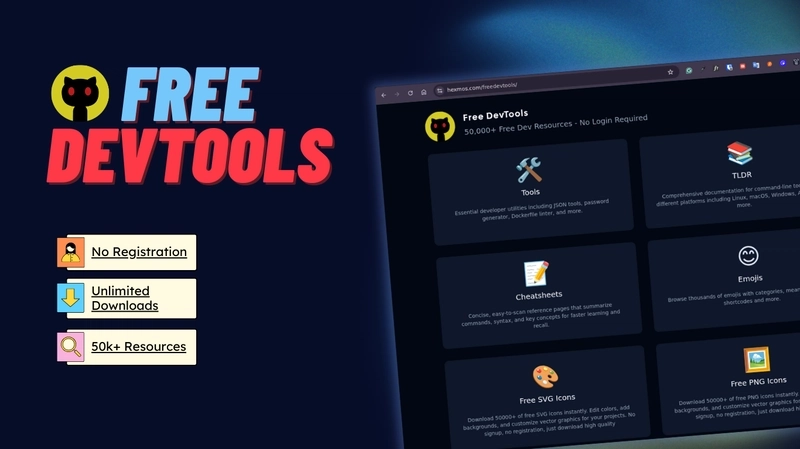When you publish a new page or update existing content, you want it to appear in Google as quickly as possible. Normally, Google discovers pages through crawling and sitemaps. But sometimes you might want to speed things up. That is where manual indexing comes in.
What is Manual Indexing
Manual indexing is the process of directly asking Google to crawl and index a specific page on your site. Instead of waiting for Google’s crawler to eventually find your page through links or sitemaps, you can submit the URL yourself.
This is done through Google Search Console, which is the main tool Google provides for website owners.
How to Submit a URL for Indexing
The steps are simple:
-
Log in to Google Search Console.
-
At the top, you will find the URL inspection tool.
-
Paste the URL you want indexed into the search bar.
-
Google will check if the page is already indexed.
-
If it is not indexed, or if you have updated it, you can click Request indexing.
Once you do this, Google puts your URL into a priority crawl queue. It does not guarantee immediate indexing, but it usually speeds up the process.
When to Use Manual Indexing
You do not need to manually submit every page on your website. For most cases, sitemaps and internal linking are enough. Manual indexing is most useful when:
-
You just published a brand new page and want it to appear in search results quickly
-
You made major updates to an existing page and want Google to reprocess it
-
You fixed an indexing issue and want to confirm the page is now accessible
What Manual Indexing Does Not Do
It is important to note that manual indexing is not a ranking booster. Submitting a URL does not mean Google will rank it higher. It only increases the chance that Google will crawl and index the page sooner. Ranking depends on many other factors such as relevance, content quality, and backlinks.
Final Thoughts
Manual indexing is a handy feature for webmasters and developers who want faster recognition of new or updated content. Think of it as giving Google a gentle nudge rather than waiting for it to find your page on its own.
If you use it wisely along with a well maintained sitemap and good internal linking, you will have better control over how quickly your content appears in search results.
If you’ve ever struggled with repetitive tasks, obscure commands, or debugging headaches, this platform is here to make your life easier. It’s free, open-source, and built with developers in mind.
👉 Explore the tools: FreeDevTools
👉 Star the repo: freedevtools




